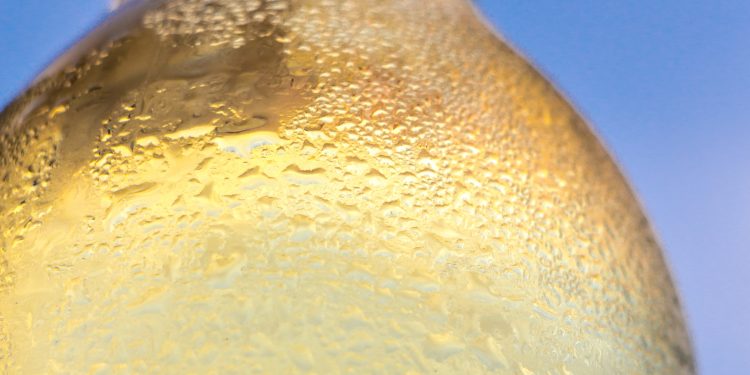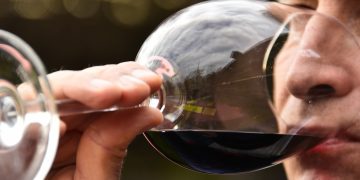Wine is a captivating elixir that has been cherished for centuries, offering a spectrum of flavors and aromas that tantalize the senses. While the grape variety, winemaking process, and aging techniques all contribute to the complexity...
Read moreWine in the Heat
Sauvignon Blanc, Xynisteri, Pinot Grigio, Chenin Blanc these varieties help us to put chill in Cypriot summer heat. Although we can beat the heat with serving certain varieties at the right temperature, we must also be aware of the damage that heat can do to wine. How much heat does it take to ruin your wine? Not much!
If you are standing next to your wine racks and you say “it is hot in here” describing the temperature in your home, then it is likely your wine is at risk. We did realize in the past couple of sultry summer months that not all storage is sufficient to protect your wine from the heat. Many times, we will discover that bottles are cooked.
When food experiences high temperatures, it transforms on the stove. Wine is not different! Wine’s age, storage conditions, style, closure are some of the myriad of factors that contribute as to how easily wine is damaged by the heat. It does not destroy wine evenly, so it is hard to know when a bottle is cooked.
What is transformed in wine by then by the heat? In red wines, tannins become more noticeable. Wine’s character changes in becoming tangier and astringent. Wine loose the smoothness and supple mouthfeel, they feel hard and more one-note on the palate. Acidity becomes unpleasant, as fruit flavours become secondary. In dry climates corks shrink as they might lose moisture, leading to leaky bottles. Cyprus high levels of humidity might prevent that in some months, but heat might force closures to be pushed upward and through the tops of their bottles. Wine tends to expand during temperature spikes.
Older wines are more delicate as well as those with natural corks. Being delicate they are at a higher risk for spoilage than young wines and with synthetic closures. Bottom line if you notice any wine at anytime from your rack is leaking or tastes completely astringent then it has probably been cooked.
In a cellar or in a wine fridge, wine is maintaining a constant temperature (12 to 14°C). Maintain is the key word. Heat and humidity fluctuations are likely to damage your wine. At home, without AC constantly working, an indoor temperature may hit 20°C and beyond. We should not worry about the occasional spike but a prolong exposure in these conditions might do.
It is not just the storage we should worry about but also heat damage happens in transit. Inside a car mercury rises very high. Without temperature control the home delivery van can cause damage in short time, especially if bottles are exposed. Wines into wooden boxes exposed to the son not only they absorb the heat but retain it. We need to be careful when buying wine in this heat to drive straight home and not wonder with the wines at the back, exposed.
At home, the best solution is a cellar, your basement for example, or purchase a specialized wine refrigerator where temperature and humidity are controlled. Worst case scenario, use a common fridge, including reds. Humidity will not harm your bottles, short term, and you may take the bottles 20 – 30 minutes before serving to warm to the ideal serving temperature.
Another alternative is cool, dark places, light also harms wine and glass amplifies the heat of the sun like a magnifying glass. When shopping chooses the shops carefully not to be hot and humid. Do not hesitate to report or return the wine if a cork looks sticky or pushed up or like it has been leaking.
Finally avoid orders during summer. Temperature controlled shipping is costing a lot of money. Remember, heat is the enemy.










